For those of you that follow us regularly you will know that every year we run a campaign called #defibfeb.
A month to raise awareness of PAD’S (Public Access Defibrillators). This year was a huge success and we had over 60 locations sent in to us by members of the public.
Following on from the campaign we wanted to share some further information with you about how to access a public access defibrillator, how to use a defibrillator and the behind the scenes work that’s involved by the people in your community that look after each unit. These community members are known as a “Guardian”
Firstly, do you know there is a difference between a heart attack and cardiac arrest?
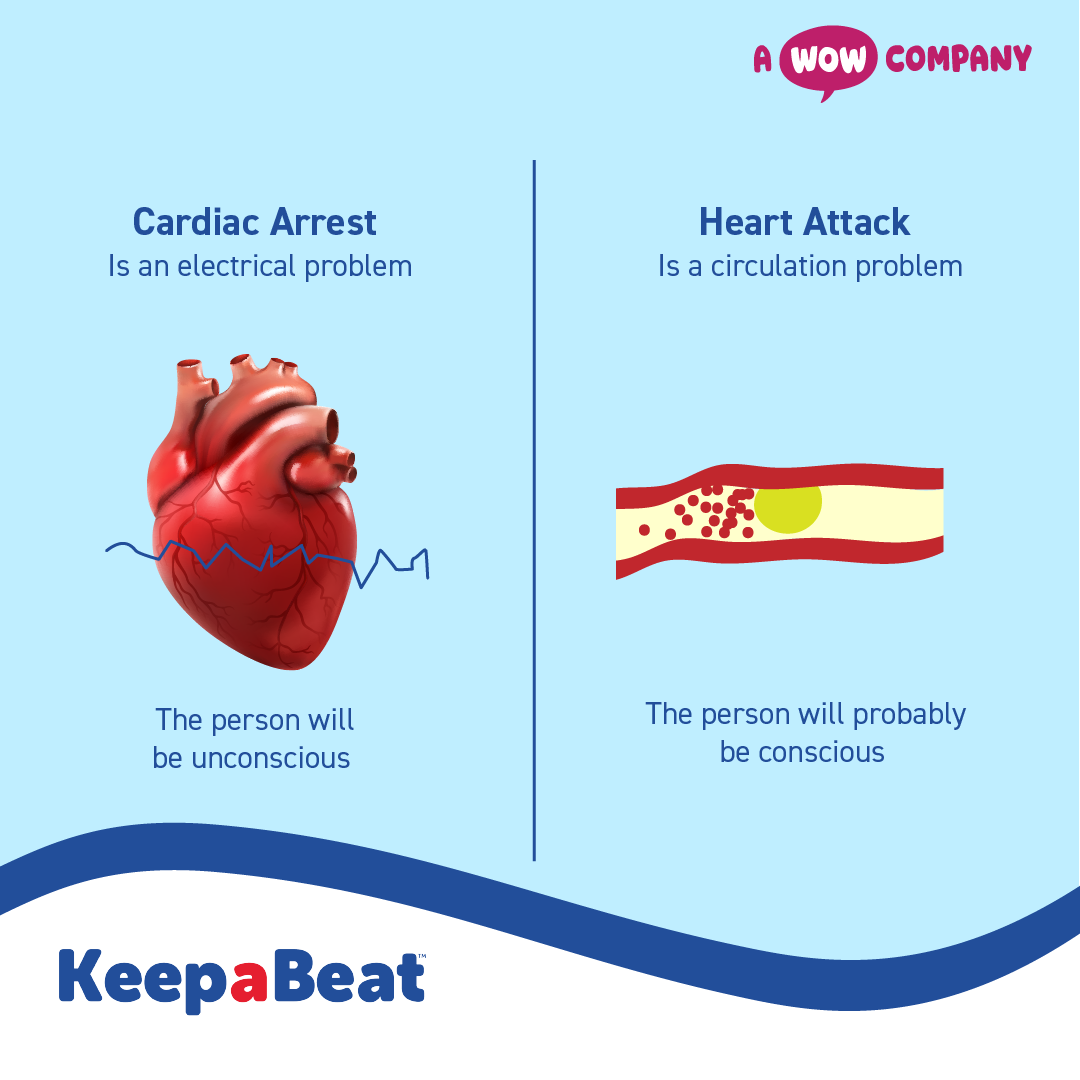
If someone is having a heart attack they will probably be conscious, the most important thing to do is call 999 and try to keep them calm, if there is someone else with you we advise going to get the defibrillator as this could turn into a cardiac arrest.
If someone is having a cardiac arrest they will be unconscious, you need to quickly call 999, commence CPR and send someone for the defibrillator.
This leads us onto the Chain of Survival – this is a person’s best chance of survival
✅ Early call for help
✅ Early CPR
✅ Early AED
✅ Early Hospital
Currently only 1 in 12 people survive an out of hospital cardiac arrest, this figure could improve if people knew how to give CPR and knew to get their closest defibrillator, this is something that we can significantly change with education.
72% of cardiac arrests happen in the home which is why it’s so important to know these skills to give your loved ones the best possible chance of survival, we also teach these skills to children through our Junior Medic programme as it could be them that need to use these skills if their grown up becomes unwell.
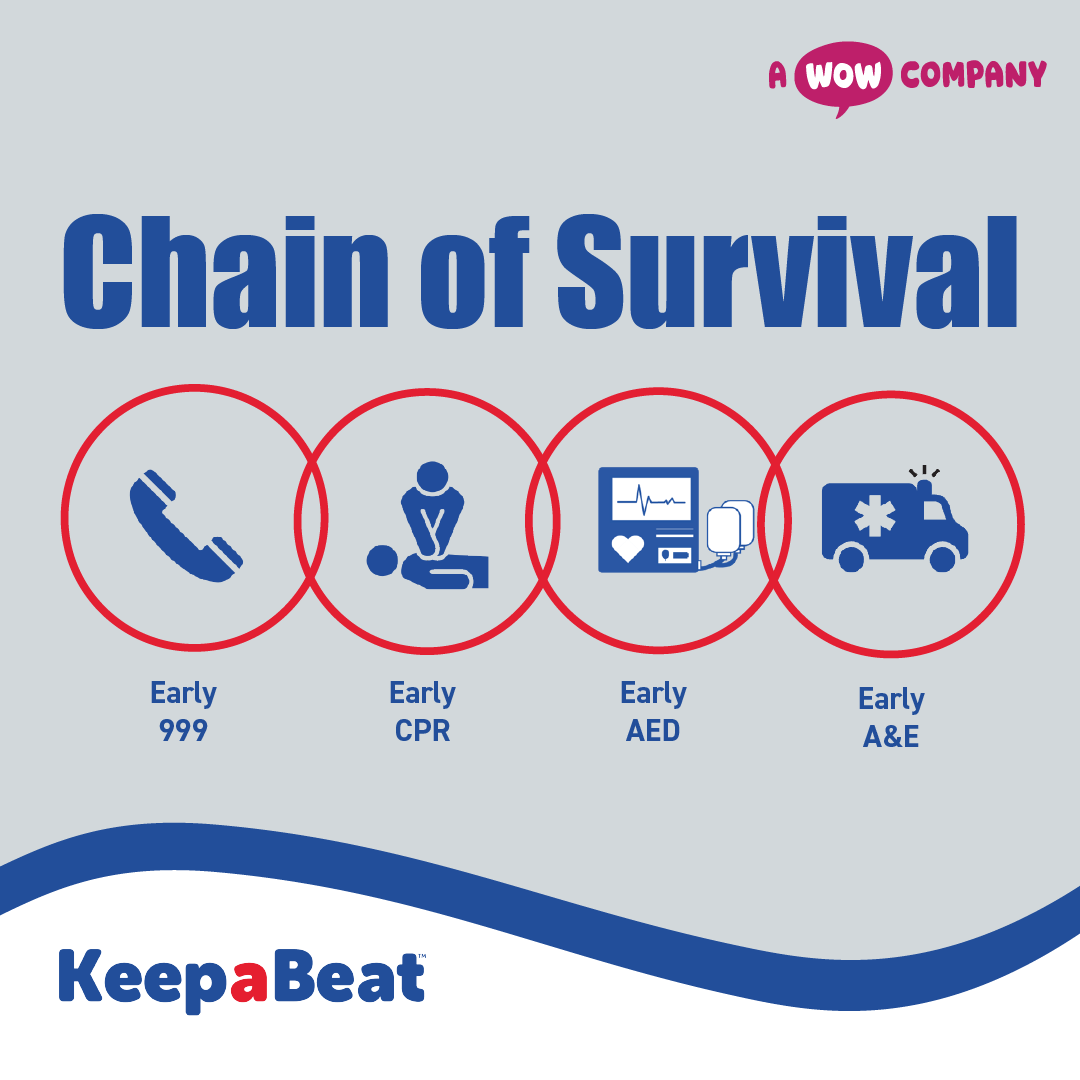
It’s really important that we can give the emergency services an accurate description of where we are, one way to do this is to use What3Words which divides the world into 3 metre squares and assigns each square a unique address composed of 3 words- these 3 words will bring them directly to where you are cutting down on vital minutes searching for you. Find out the What3Words for your front door, teach it to your children, it can also be used wherever you are so if the incident happens when you are away from home What3Words is your quickest way of checking your specific location.
The chances of surviving an out of hospital cardiac arrest will go up if 999 is called, CPR started and a defibrillator is used within the first few minutes.
You do not need any training to use a defibrillator it tells you exactly what to do and you cannot do it wrong or make the situation any worse, it will not shock someone who doesn’t need one.
If you are unsure if someone needs CPR/AED start. If they don’t need it they will soon tell you to stop! If they do you have just taken the best step at saving the persons life.
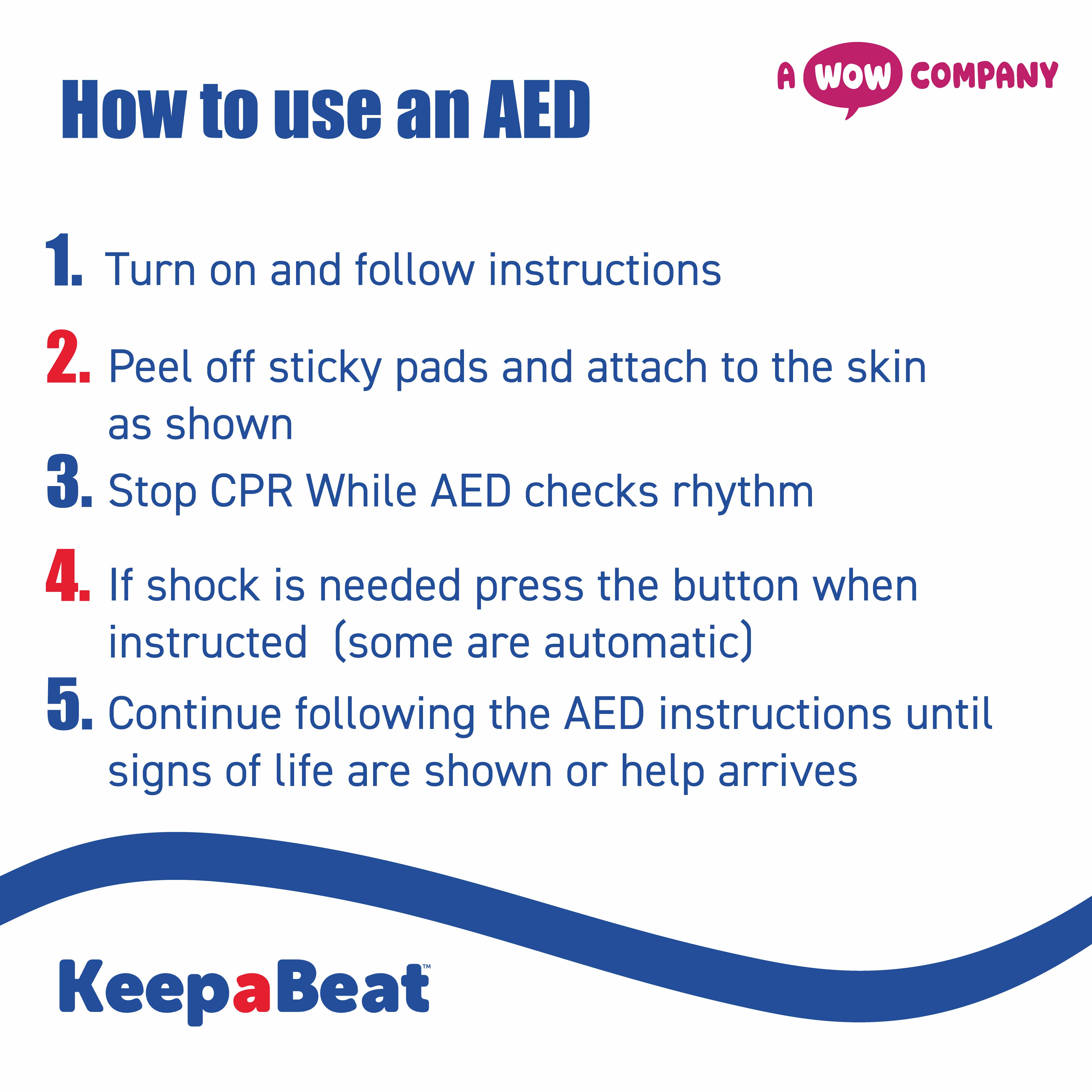
During #Defibfeb we were lucky enough to be invited by Dinnington St John’s Town Council in South Yorkshire to meet with Thomas Collingham - Clerk & RFO, Cheryl Radford - Town Council Administrator and Tony Pack - Cemetery & Maintenance Team Supervisor to discuss their role in the upkeep of the 3 Public Access Defibrillators that they have provided, and are guardians for and to take a look inside to see what you will find if you open one.
The residents of Dinnington are lucky to have one next to The Lyric Theatre, Constable Lane, The Salvation Army, Leicester Road and K and R Spares, Laughton Road.
As part of our awareness raising we wanted to highlight what the Town Councils responsibilities are when the defibrillator is accessed.
When a person accesses the cabinet using the code given to them by the 999 operator they will take out the bag inside and take it back to the casualty. Inside the bag you will find the defibrillator, an AED starter kit containing scissors, a razor, gloves, a face shield and wipes. You may have adult and paediatric pads or just adult but it will show you on the packet where to put them on the person’s body, it should also have information of where to return it to, to make sure it gets back to its location quickly in case it is needed again.
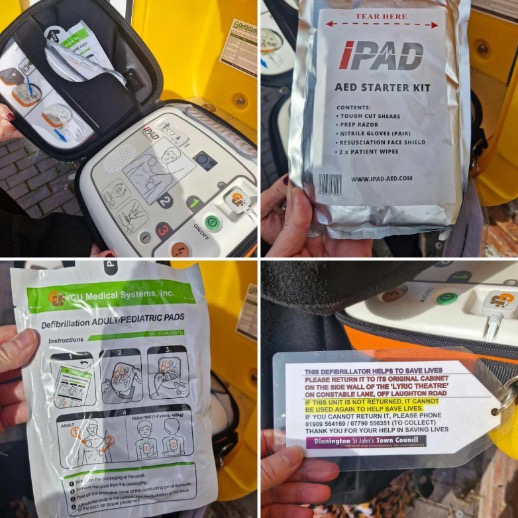
Each time the defibrillator is used the Town Council is alerted to check that the unit is in full working order, and to attend to replace any pads or kits. This comes at a cost to the Town Council, which can be significant, as the latest figures showed that the cabinets had been opened 27 times between September 2024 and February 2025. There are also additional costs to the everyday use of a defibrillator, with the batteries requiring replacement every 2-5 years and the Town Council have also recently paid for a new cabinet following an act of vandalism which compromised the unit being securely locked. When I spoke to the Town Council they told me they are fully supportive of paying these costs as The Council can see the benefits first-hand of saving a life and providing that local support to their community
The Council said “We want people to know where defibrillators are in the community and how to use them. It’s such an important message and topic. We would also love to hear from residents that have benefitted from using this life saving equipment.”
We hope you have found this information interesting and if you don’t already know where it is make sure to locate the closest defibrillator to where you live, tell your friends and family what you have learned as educating others on the importance of CPR and defibrillators is the most effective way of improving the figures for out of hospital cardiac arrest.
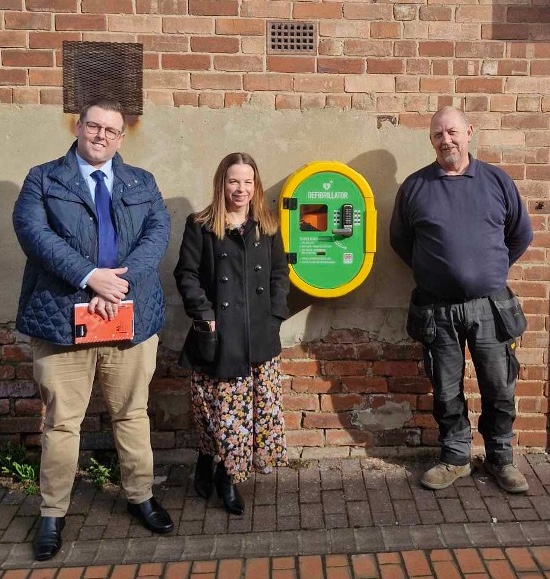
If you would like to learn CPR come along to one of our classes, we offer:
First Aid for Parents, Parents to be and Grandparents
First Aid for Weaning
Junior Medics
Dinky Medics
Regulated First Aid at Work Training
Bespoke First Aid Training
Thank you to Dinnington St John’s Town Council for inviting us and supporting our campaign
Sources: BHF, What3Words, NHS